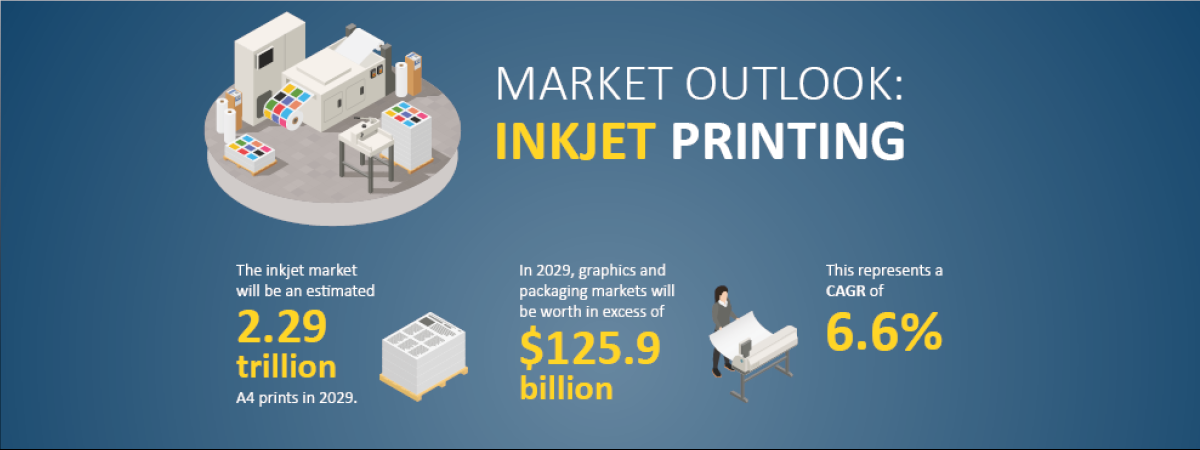3 September 2012
Can 'cheapness' be a selection criterion for redundancy?
The answer may well be yes in respect to age discrimination cases says the EAT in their recent decision in HM Land Registry -v- Mrs S M Benson
The HM Land Registry had a budget of £12 million to reduce their headcount so they offered employees a voluntary redundancy/early retirement scheme, with enhanced benefits. One of the selection criterion used was referred to by the Tribunal as 'cheapness' i.e. selecting employees whose entitlements under the scheme would be the lowest, to allow them to make redundant as many people as possible within the budget identified. This meant that a certain category of people were not selected for, primarily the over 50s
Unusually the claim was brought by 6 employees (the Claimants) who were not selected for redundancy. 5 of them complained of indirect age discrimination and one of them complained about sex discrimination.
The legal definition of indirect discrimination is where the employer applies a Provision, Criterion or Practice (PCP) which is neutral on the face of it, but disadvantages people with a protected characteristic (age, disability, gender reassignment, marriage & civil partnership, pregnancy & maternity, race, religion or belief, sex and sexual orientation), unless the employer can justify the PCP as a proportionate means to achieving a legitimate aim.
Age Discrimination
The tribunal, at first instance, held for the Claimants. However the EAT reversed the position finding that without such a criterion, the redundancy bill would be 150% of the budget allocated by the HM Land Registry Therefore the PCP was a proportionate means to achieving a legitimate aim.
Further, consideration was given to the fact that the Respondent needed to make a balanced judgement in respect to the experience of the work force. This makes sense - after all no employer can effectively function without the right level of experienced employees.
But beware of using cost alone as a criterion. In this case the 'cost' of making employees redundant was only one of the criterions used for selection.
Strangely this case was brought because employees were not selected for redundancy. So business owners with an allocated budget for redundancies should ensure that they do not select any employee using costs alone as the criterion and always take legal advice before any decision of this nature is made.
Sex discrimination
One of the Claimants complained of indirect sex discrimination, on the basis that she was not included in the selection process because she was on a career break straight after maternity and not due to return until 2013.
She was initially informed about the redundancy schemes however she was subsequently excluded because she would be returning after 31 March 2010 (a selection criterion which was decided by the Respondent at a later date and one which she was not notified of).
The EAT found that the Respondent failed to inform the Claimant that she was excluded from the redundancy selection on the grounds that she did not return from her career break until 2013. This ultimately led to the Claimant being robbed of the opportunity to give the Respondent a notice to return to work prior to 31 March 2010. Thus excluding her for a pregnancy-related reason was in this case not a proportionate means of achieving a legitimate aim
So those of you with plans for redundancy should ensure that careful consideration is given to employees on maternity leave/career breaks straight after maternity leave.
 Intergraf Economic News (Paper Prices) - March 2024
Intergraf Economic News (Paper Prices) - March 2024
18 March 2024
Access the latest edition of the Economic Newsletter for the European Printing Industry for data on paper consumption, and pricing data for pulp, paper and recovered paper. Data for packaging papers and board is also available with this edition.
 UK to follow global expansion of inkjet printing
UK to follow global expansion of inkjet printing
21 March 2024
The latest expert analysis from Smithers identifies the potential of the latest generation of inkjet systems to improve profitability across the global print market. Read more about the new report The Future of Inkjet Printing to 2029.
The BPIF is the printing industries champion. By becoming a member you join a diverse and influential community. We help you solve business problems, connect you to new customers and suppliers and make your voice heard in government.
Call 01676 526030









